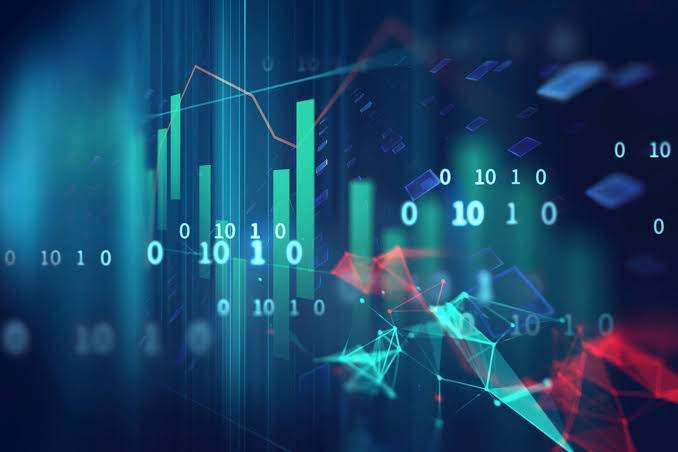
Exploring the 8 Best Data Science Research Areas

This year is slated for a rapid cycle of research in data science. The reasons are multiple. First among the list is the new application areas which are emerging in the domain of data science. Second is the accuracy with which data based models are able to predict the end results. And truly speaking, the list is endless.
In this article, we explore the best data science research areas. We also examine the potency of data science courses which are helpful in these research areas with a special reference of data science course.
1. The technique of recognizing characters
When we talk of recognition of characters, we are referring to the handwritten characters which are otherwise difficult to identify. We deploy a convolutional neural network which is first trained by a specific database. MNIST is one database which can be used in this task. By this technique, we recognize the characters within a very small time frame.
2. Detection of drowsiness levels of driver
This is the most important research area as the number of accidents have witnessed an increasing trend. The case of driving for long hours and especially during night is a subject area of research. We employ deep learning models which keeps track of the elapsed time within which a normal eye blinks. If a driver does not blink his eye or closes his eye for a specific time frame, the driver drowsiness detection system raises an alarm which wakes up the driver. In case of an emergency, this system also speeds down or halts the car.
Such research areas necessarily need data science training and a data science course is often inspired by this research as the programming of this model may be incorporated into the curriculum.
3. Detection of cancer at an early stage
Histology is the study of tissues. We make use of some of the samples of histology to construct a database of images. We make use of these images to determine whether the patient under examination has close resemblance to carcinomic images or not. Here also, we make use of the convolutional neural network to serve the purpose.
4. Implementation of models to study climate change
Climate change is the research area which is becoming the most sought after project for data scientists. This is justified from the fact that climate activism reached its peak during the last three years driving constant limelight into this sector.
However, climate change is itself a vast area of study and micro sectors are being identified in this domain which are becoming a subject of research. Ranging from climate resilient agriculture to sustainable energy solutions, climate models are being developed to drive deeper research. We mostly use data visualization techniques to deal with the domains of climate change.
5. The narrative of the chatbot
Business process outsourcing units which deal with telecommunication services make use of chatbots on a large scale to provide personalized responses. This also enables us to cope up with the shortage of manpower in this sector.
Using the deep learning architecture, we feed the chatbot with a database of knowledge or vocabulary for training purposes. To be specific, we employ recurrent neural networks. We also make use of an encoder to use to update the state of the chatbot. This encoder helps in processing the input and sequencing the appropriate and logical response.
6. The constant monitoring of web traffic
Initially, we made use of neural network schema to monitor traffic on the web. With constant advancements, we resorted to the use of wavenets. The technology employed by wavenets is causal convolution which enables effective monitoring of web traffic.
7. The countering of fake news
This is also a vast area of study making use of the various machine learning models. To come directly to the model, we use a Passive Aggressive Classifier to construct the model.
8. Comprehension of human robot interactions with special focus on social humanoids
To understand human robot interactions, we often make use of the DIARC architecture. We may also employ a recognition model which looks at existing human actions and classifies them by taking help from the database or server. A convolutional neural network which is trained with a data set of actions may also prove helpful.
Concluding remarks
There is no end to the list of data science research areas and projects. However, this article has tried to prioritize the ones which are under constant limelight.